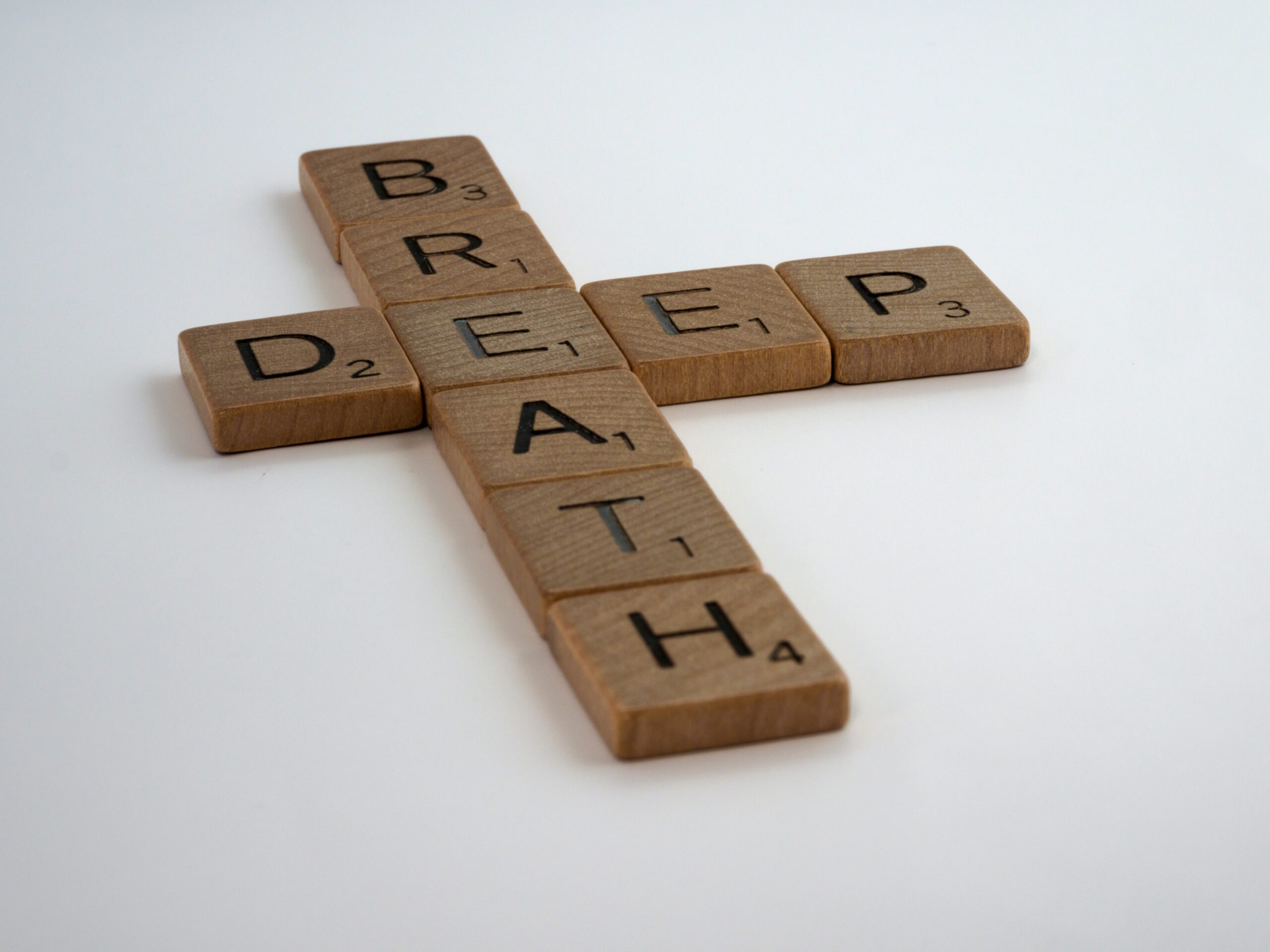In today’s busy world, it is hard to find people sho can live without “Fatigue”.
Fatigue can have a negative impact on our daily lives in many ways.
However, if you leave it untreated, fatigue will surely accumulate. This fatigue may lead you to injuries or illnesses.
BLUE SELECT will provide you with the best approach to fatigue recovery that is easy to implement in your daily life, based on the methods used by Stanford University’s Sports Medicine Department on scientific evidence.
What’s IAP breathing?
IAP stands for “Intra Abdominal Pressure”. In the human abdomen, there is a space called the “abdominal cavity” where internal organs such as the stomach and liver are housed, and the pressure in this abdominal cavity is called IAP. When we say “high IAP”, that means the diaphragm above the abdominal cavity is lowered due to a lot of air in the lungs, which compresses the abdominal cavity and increases the pressure in the abdominal cavity, causing an outward force.
IAP breathing is a breathing technique that increases the pressure in the abdomen and hardens the abdominal area on both the in-breath and the out-breath, and then exhales while keeping the abdomen hard. It is also called abdominal pressure breathing.
In the abdominal pressure breathing, you have to be conscious of keeping the pressure out of your abdomen even when you exhale, that is, maintain a high IAP and make your abdominal area firm.
The increased pressure in the abdominal cavity supports and stabilizes the body’s axis, or “core of the body”, which is the trunk and spinal column, and allows us to maintain a comfortable posture.
The theory is that by keeping the core of the body in the correct position, the Central Nervous System will be better able to follow the commands of the central nervous system, and the parts of the body and the brain nerves will work well together, reducing the extra load.
Effects of IAP Breathing Exercises
Practicing the IAP breathing technique can have the following effects:
- Increased abdominal pressure stabilizes the core of the body (trunk and spinal column).
- When the core of the body is stabilized, the posture becomes correct.
- Correct posture helps the Central Nervous System and the body work together more smoothly.
- When the Central Nervous System and the body work together smoothly, the body is in its best position (each part of the body is where it should be).
- When the body is in the best position, there is no more forced movement.
- When forced movements are eliminated, the body’s performance level increases and fatigue and injury can be prevented.
As you can see, the balance of the body is a factor that has a lot to do with fatigue. In other words, if your body is distorted and your posture is bad, and it becomes fixed, even a small movement, such as using your lower back muscles to protect your shoulders, will always waste energy, resulting in a so-called “a Tired Body”.
The Method of IAP breathing
To master the IAP breathing technique, let’s first focus on the diaphragm.
The most important feature of this breathing technique is to lower the diaphragm firmly and inhale. As you do that, the abdominal cavity receives pressure from above and outward. As a result, the abdomen expands outward and the muscle around the torso stretch 360 degrees.
This is how the abdomen becomes large and hard.
When pressure is applied from the inside of the abdomen, the muscles on the outside of the abdomen also work to push it back. This double force stabilizes the core of the body and helps to maintain good posture.
To check for increased abdominal pressure, you can use the following methods:
- Sit in a chair.
- Insert your fingers into the lase of your feet.
- Inhale in this state for 5 seconds, the exhale for 5 to 7 seconds.
- While exhaling, keep the image of this finger pushing back as far as possible.
Do not raise your shoulders at this time.
30,000 times a day
We encourage you to incorporate the IAP breathing technique into your daily breathing.
It is said the humans breathe 12 to 20 times a minute. This translates to a maximum of 30,000 breaths per day. Breathing is done unconsciously, but when converted to a day, it becomes a considerable amount. If you consciously adopt the IAP breathing method, you will naturally increase the chances of a dramatic change in your body.













